What Are Trail Running Shoes?
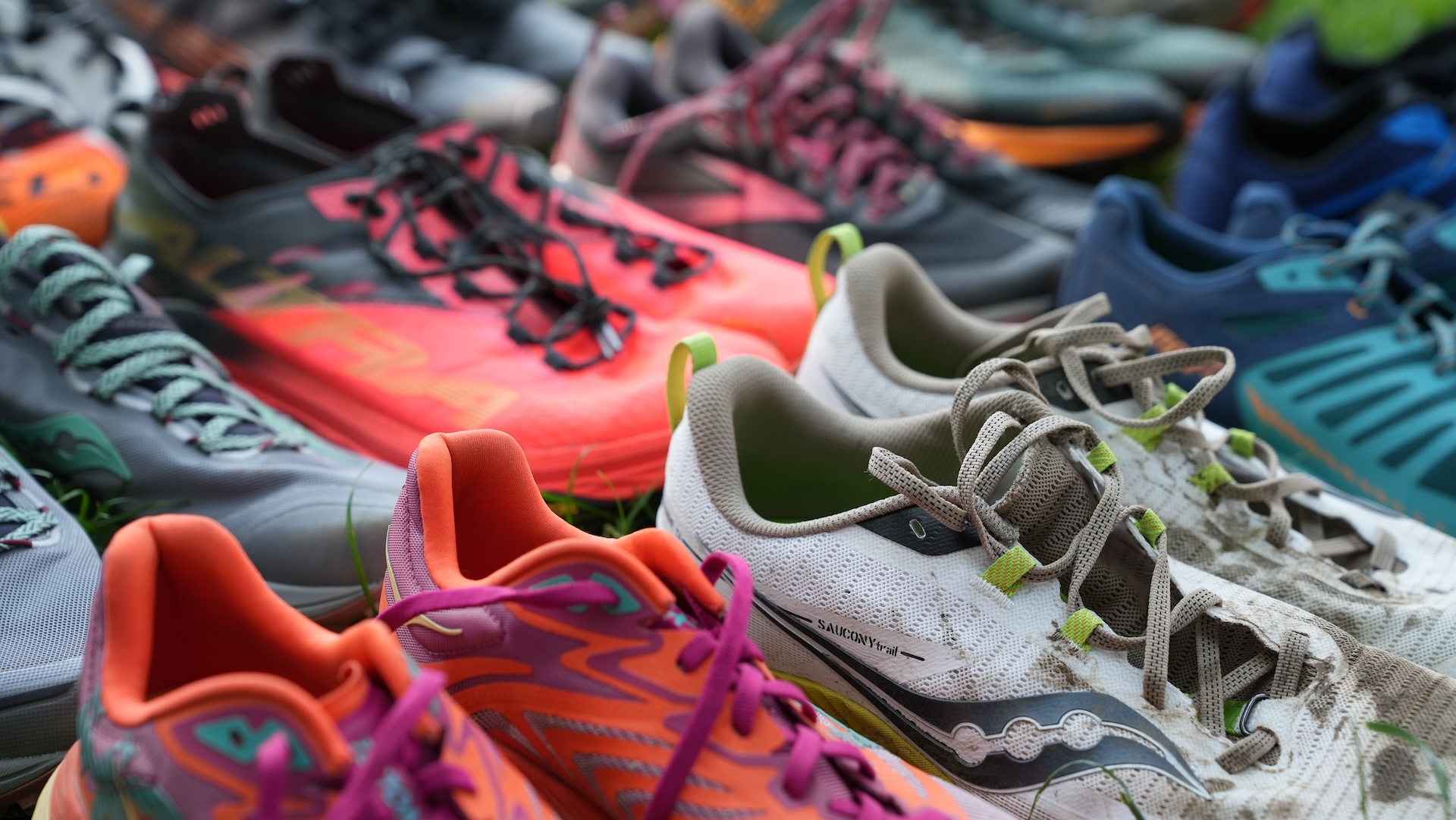
If you’re hitting the trails, then you might want to consider getting some running shoes specifically designed for going off-road. So how are trail shoes different from road shoes? What different types of trail running shoes are there? And should you have some trail running shoes in your shoe rotation?
Things To Consider When Buying Trail Running Shoes
You’ll need to think about where you’ll be running and how far you’ll be running.
- Do you run on the road before you reach the trails?
- Are the trails hard-packed mud, gravel roads, or generally dry?
- Are the trails technical, muddy, slippery, or rocky?
- Will you be doing shorter runs or do you plan on doing long runs and ultramarathons?
- Are you looking for speed and performance, or comfort and versatility?
The answers to these questions will help you find the right shoes for you, and we’ll cover everything you need to know in the following sections.
How Are Trail Running Shoes Different To Road Running Shoes
When you run on the road, you’re mostly just on firmer concrete or tarmac, going in relatively straight lines. You’ll always have obstacles like curbs, potholes and people, but these don’t pose us too many problems. On the trails, there are uneven surfaces, rocks and roots, cambers, mud, snow, water, and things to trip over or slip on, so trail shoes are designed to provide more stability and grip on more challenging surfaces. There are a few things which make trail running shoes different from road running shoes.
The tread or lugs is the pattern on a trail shoe’s outsole. The lugs are the individual cleats, and the deeper they are, the more grip they’ll provide in mud or soft ground. If you do a lot of running in very muddy conditions you’ll want deep lugs, or an ‘aggressive tread’. If you run on drier trails then smaller and more closely-spaced lugs are fine. Some trail shoes also feature special grippy outsoles like Vibram which help in wetter and more slippery conditions.
Trail running shoes often have a firmer midsole which helps to protect against underfoot conditions. Some shoes also have a rock plate in the midsole which helps protect your feet from sharper or harder rocks if you stand on them (it’s a harder plate sandwiched in the foam). Some shoes also have a reinforced toe for if you kick any roots or rocks.
The uppers of trail shoes tend to have more protection against mud, dust and water, and they should be more durable in general.
Trail running shoes, especially those designed for longer distances, tend to be heavier than road shoes because they have extra protection built into them compared to road shoes.
There are also different types of trail running shoes based on where you’re running (we’ll get into that next).
Overall, when buying trail running shoes you need to find a pair which works for where you run, the conditions you’re likely to run in, and the comfort you need in your running shoes.
What Are The Different Types of Trail Running Shoes?
General Trail Shoe. An all-round shoe designed specifically for the trail, and able to handle a wide variety of terrain, from mud to water crossings to rocks and road. They won’t necessarily have the deep lugs of a technical shoe, but they will have comfort and support for longer runs. These are best suited to those looking for either a trail shoe that can do it all, or for something to wear for trail marathons and ultramarathons. Hoka Speedgoat or Mafate, ASICS Trabuco and Altra Lone Peak are good examples of all-round trail shoes. These can also be good for hiking and trail walks.
Road-to-Trail or Hybrid. These trail running shoes are designed to work off-road as well as on harder surfaces like tarmac, gravel paths and hard-packed ground. They won’t give you all the grip you need if it’s very wet and muddy, but are fine in non-technical conditions. These are ideal if you run mostly in dry weather or on lighter trails without any steep or slippery terrain. Some of these may also be cushioned for extra comfort. Nike Pegasus Trail, Hoka Challenger and Inov-8 Trailfly are good examples of this shoe. These are also often fine for hiking and walking.
Technical/High Grip. These are what you wear in very muddy conditions where you need a lot of grip. They’ll have deep lugs for traction, and often have a protected but light upper as they’re typically specialist shoes for shorter runs like fell races or cross-country-style runs. These shoes give a grippy connection to the ground, but also stop you getting stuck in the mud. You wouldn’t want to wear these on hard surfaces. Salomon Speedcross and Inov-8 Mudtalon are good examples of a technical trail shoe.
Carbon Plate Trail Shoes. These are like road carbon plate running shoes, only with a slightly firmer midsole for support and protection, more grip on the outsole, and a little more side-to-side flexibility to deal with challenging terrain. You’ll only need these if you’re more serious about running fast times on trails, or want the extra efficiency given by the carbon plate. Nike Ultrafly, Hoka Tecton X and Adidas Agravic Speed are good examples of carbon plate running shoes.
Should Trail Running Shoes Fit Different To Road Shoes?
This depends on how you want to use the shoes. If you stick to shorter distances, then your normal fit will be OK (but don’t go for a tight racing fit – you want a thumbnail space at the end of your big toe).
If you wear these for running ultramarathons then you may want a shoe which is wider and has more volume in the toebox in case your feet swell on those longer runs. Your feet may also swell if they get wet on river crossings or if there are lots of puddles or wet grass.
What Are The Best Trail Running Shoes For Marathons & Ultramarathons?
This is going to depend on the conditions, but there are many great general trail shoes which have enough comfort and cushioning over long distances. If you know the conditions will be challenging (with rocks or mud) then definitely consider an outsole with Vibram or a brand’s proprietary grip (like Altra’s MaxTrac).
It’s unlikely you’ll want something very technical with deep lugs unless you’re doing a long-distance fell run or off-trail challenge. For this, we recommend you try on different types of high-grip shoes to see which has the comfort you need.
What Are Zero-Drop and Foot-Shaped Trail Shoes?
Brands like Altra, Topo and some Inov-8 shoes have anatomical shaped toe boxes which are wide and shaped like your foot to help your toes splay out. Sometimes these shoes are also zero-drop, meaning the same height in the heel and forefoot. If you’re on hilly trails then the drop of the shoe is less impactful than if you’re only running on flat roads, but most runners may need to build up their use of zero-drop shoes as they can add extra strain to the calf muscles. You can find zero-drop and foot-shaped shoes for the road as well as the trail, but many of these brands specialise in trail shoes for running and hiking.
Anything Else I Need To Know About Trail Running Shoes?
Some brands have waterproof versions of their shoes, often insulated with GORE-TEX, but no running shoe is fully waterproof. These insulations can also increase warmth and sweat in the shoes, and if you go through a river crossing or deep puddles then they (perhaps ironically) will stay wetter than a regular shoe.
If you run in very dry or sandy conditions, where small things could get in your shoes and irritate you, then you might want to get gaiters. These attach to the shoe (some have special gaiter straps) and wrap around the ankle and lower leg to help stop anything dry getting into the shoe.
Do You Need To Wear Trail Running Shoes On The Trails?
That all depends on the trails. If it’s very wet and muddy, or very rocky and steep, then you’ll want the extra grip and stability of a specific trail running shoe. But if you run on grass, gravel paths and light trails then road shoes may be OK for you. Just know that road shoes offer less protection against things like rocks, plus they have less stability against uneven terrain, so you could risk losing your footing or rolling your ankle.
To answer the opposite question, you can wear trail shoes on the road, but choose road-to-trail shoes or those with shallow lugs. If you have technical trail shoes with very deep lugs then they can be uncomfortable and feel like you’re running in football boots.
Do you have trail shoes in your running shoe rotation? What type of trail running shoes work best for where you run?

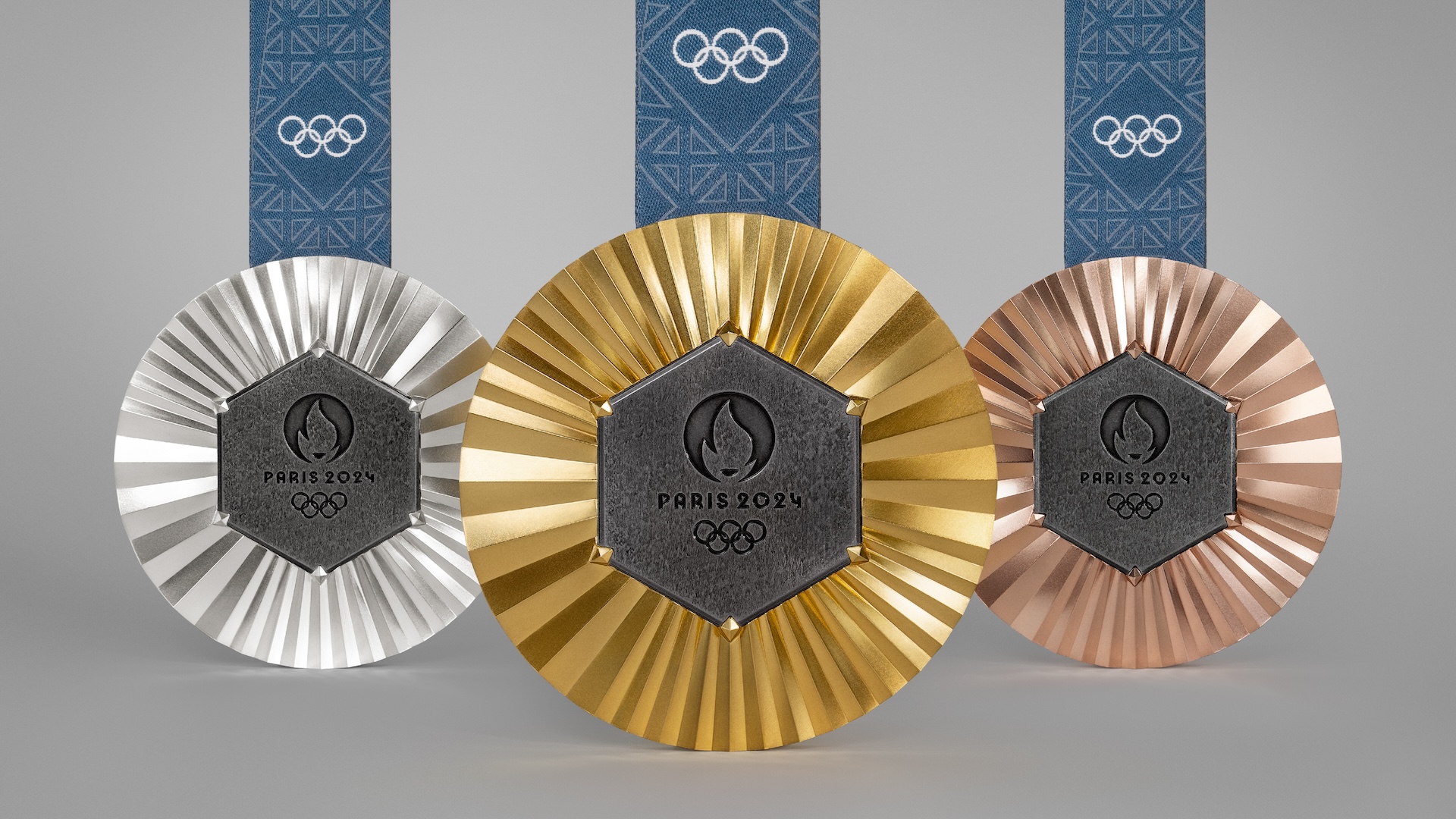
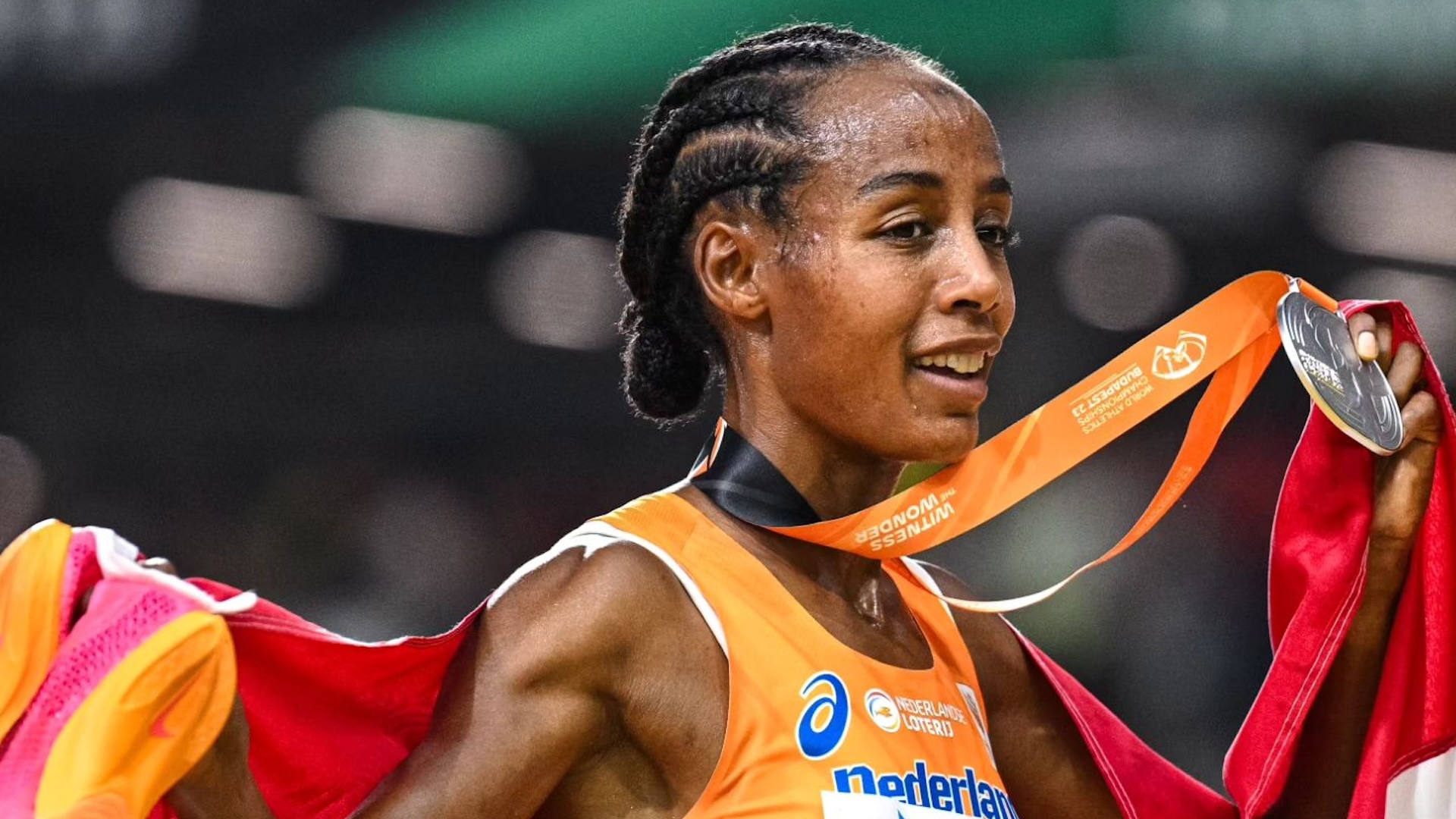
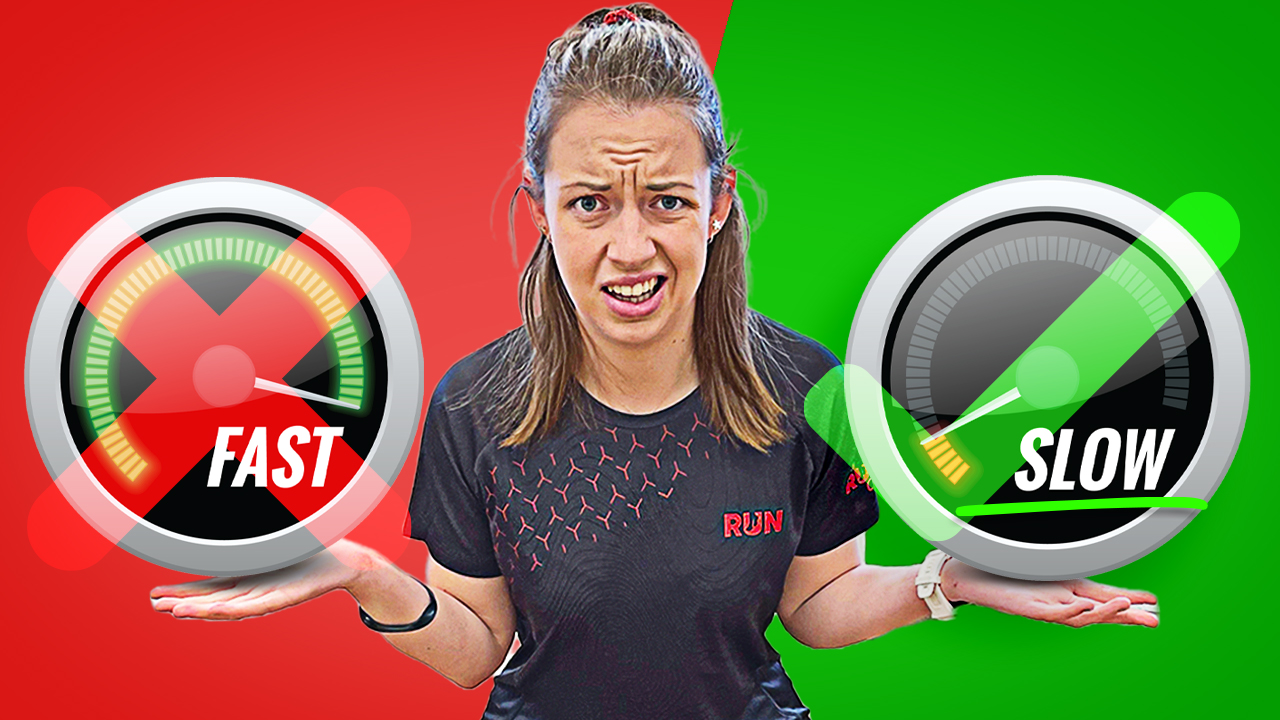
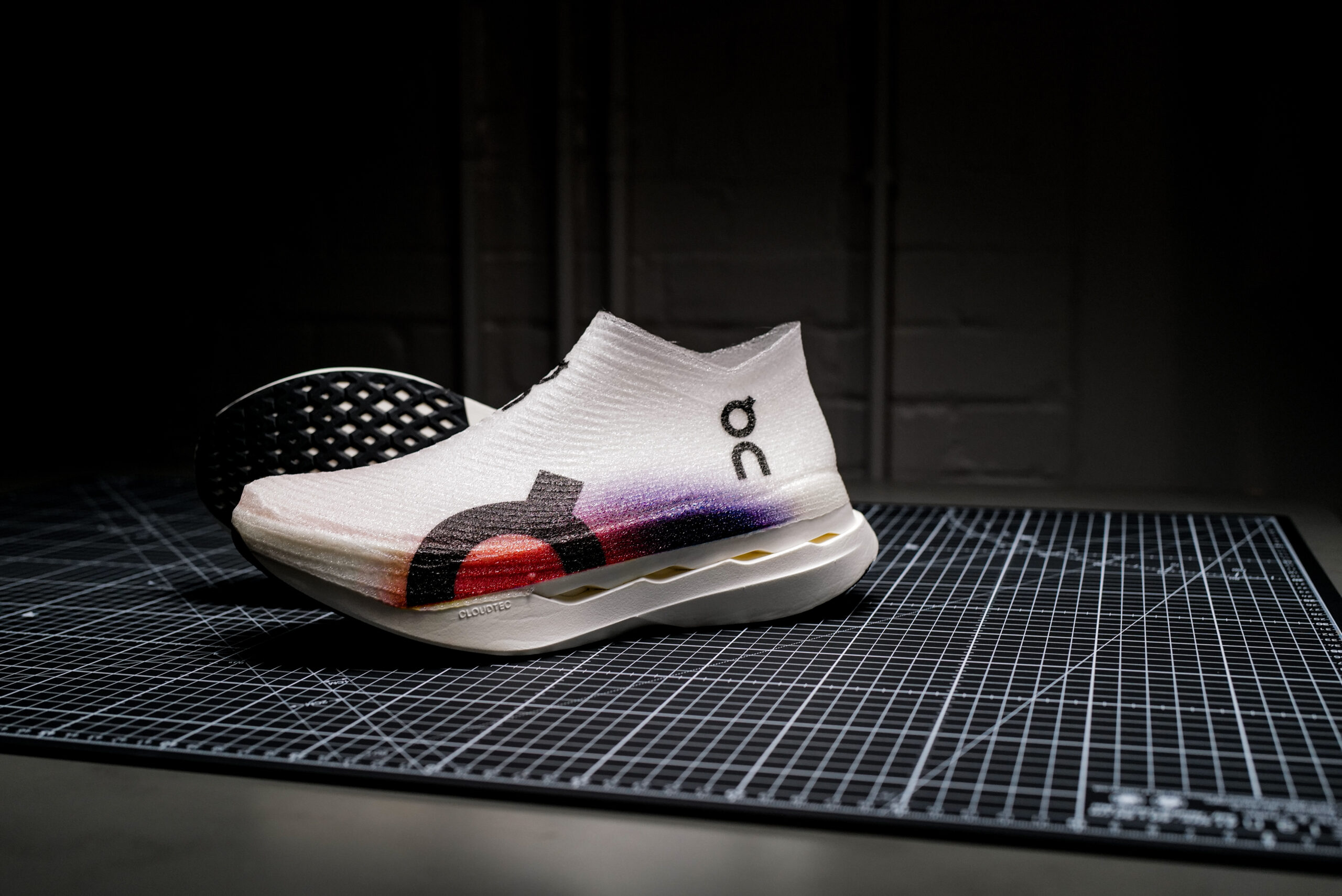



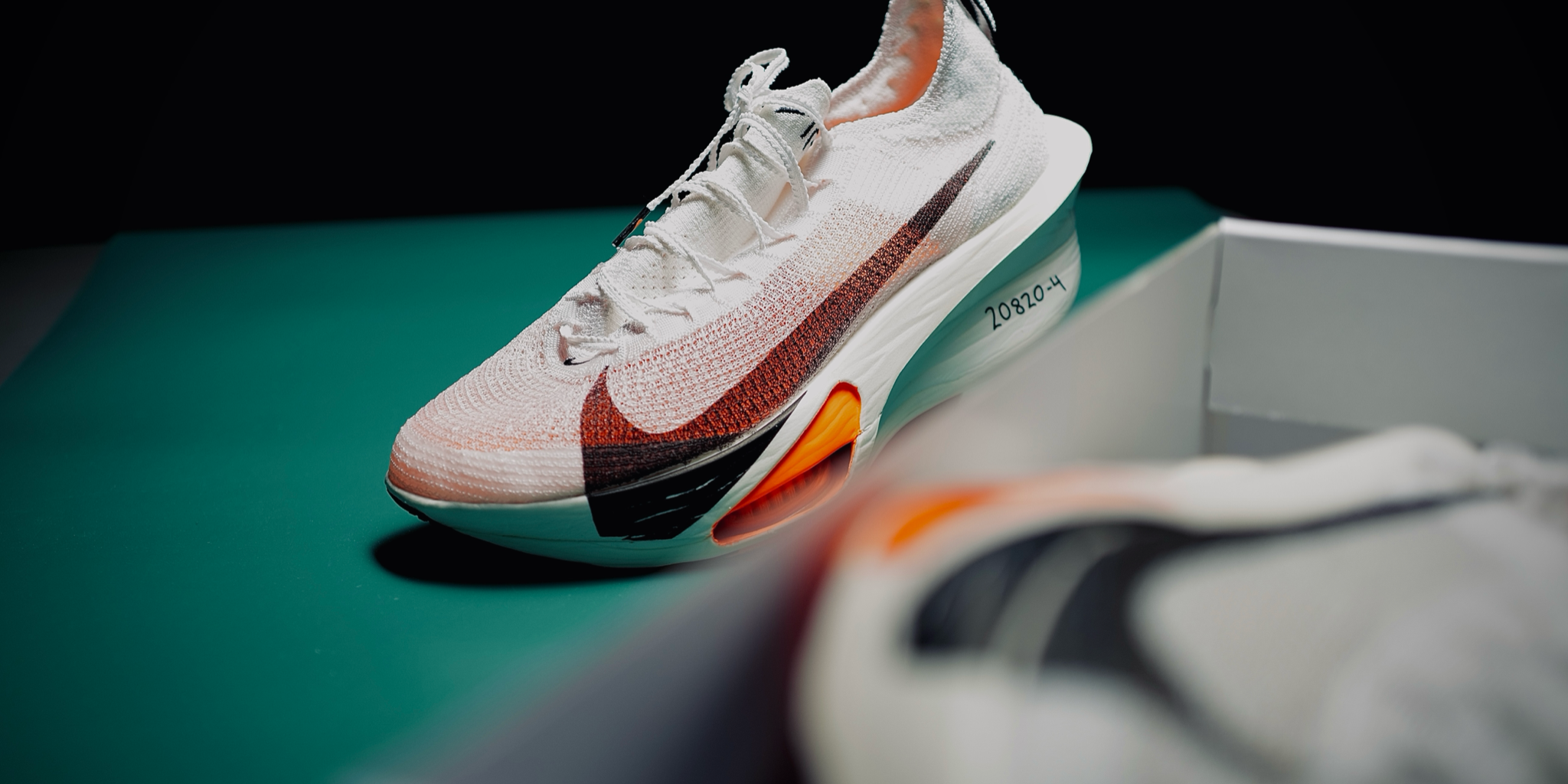
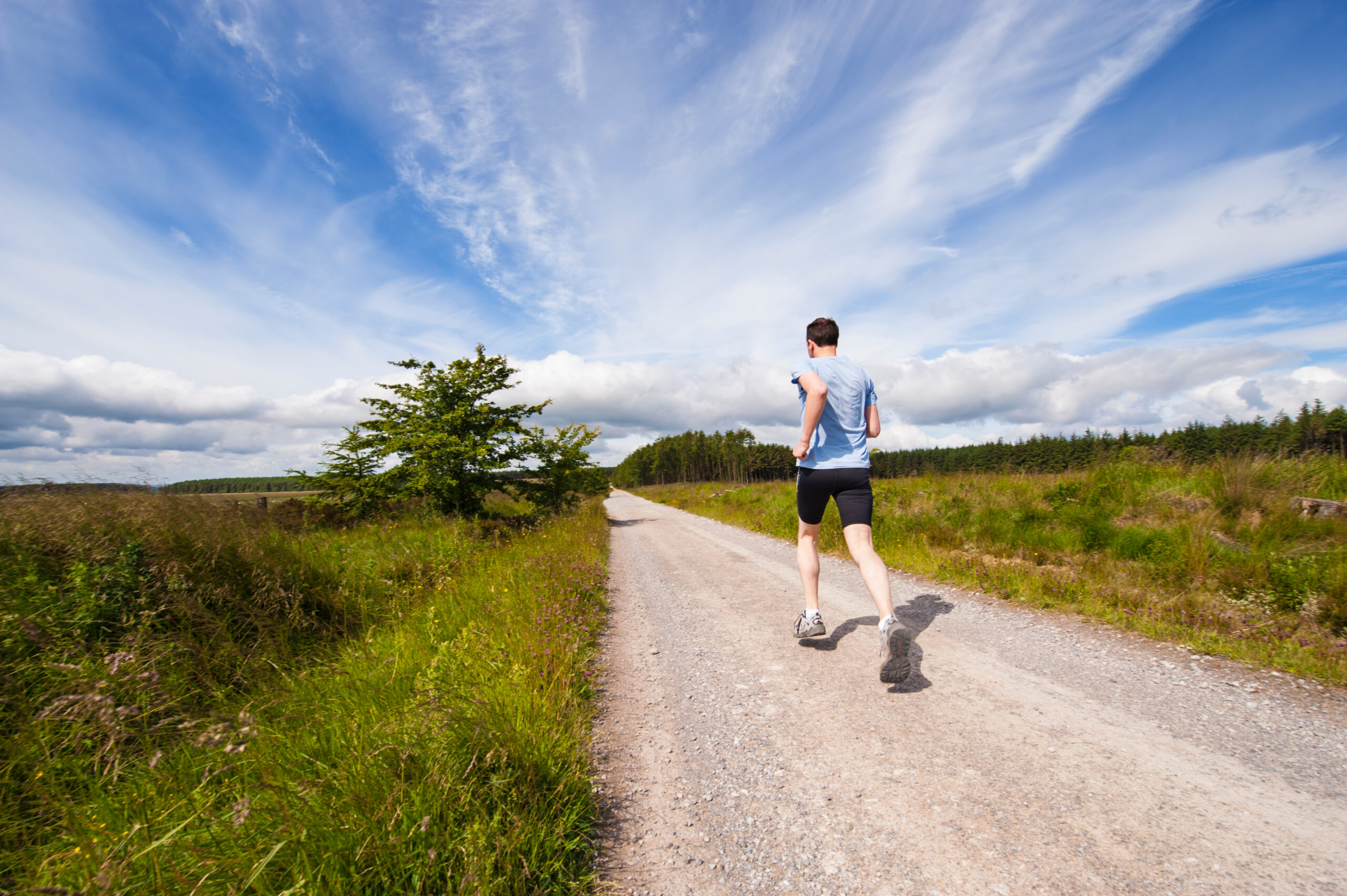

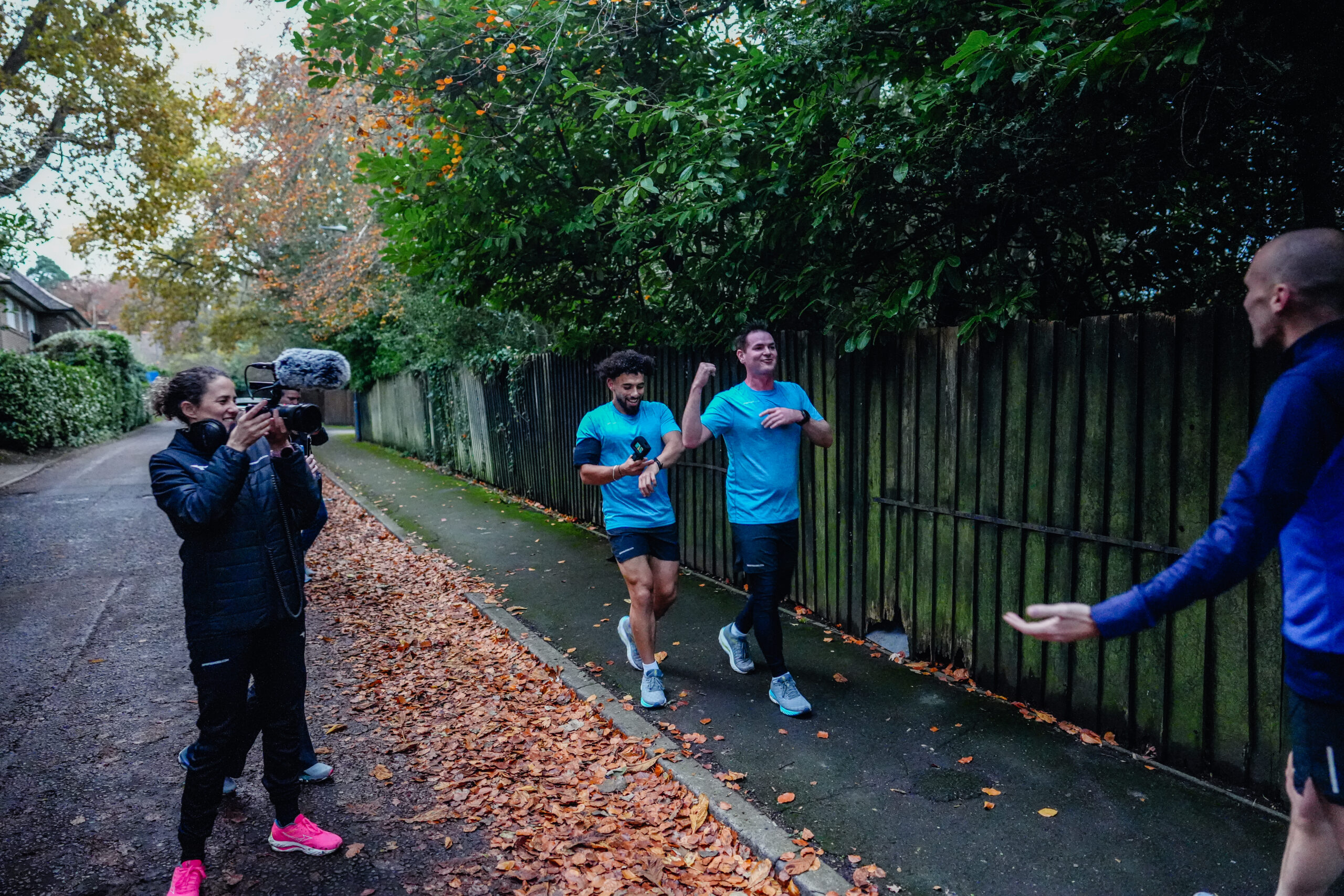
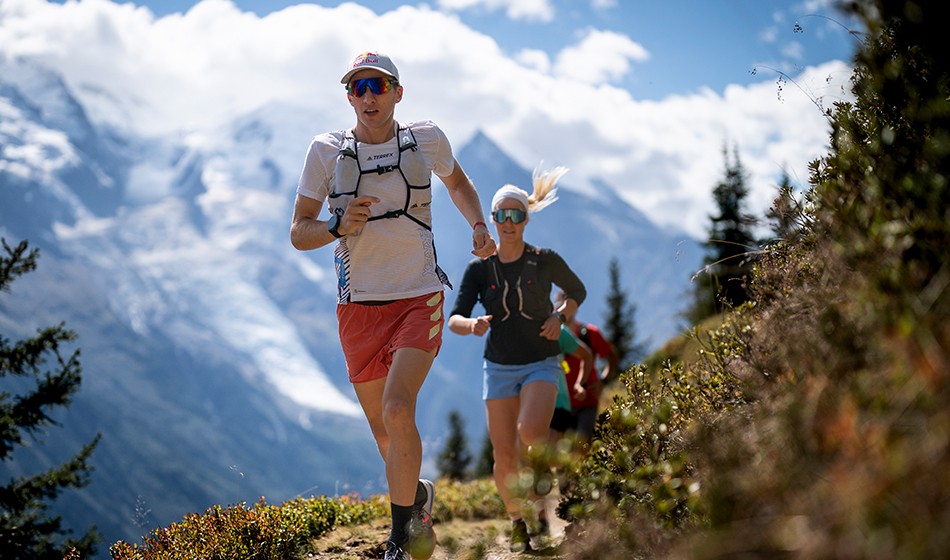
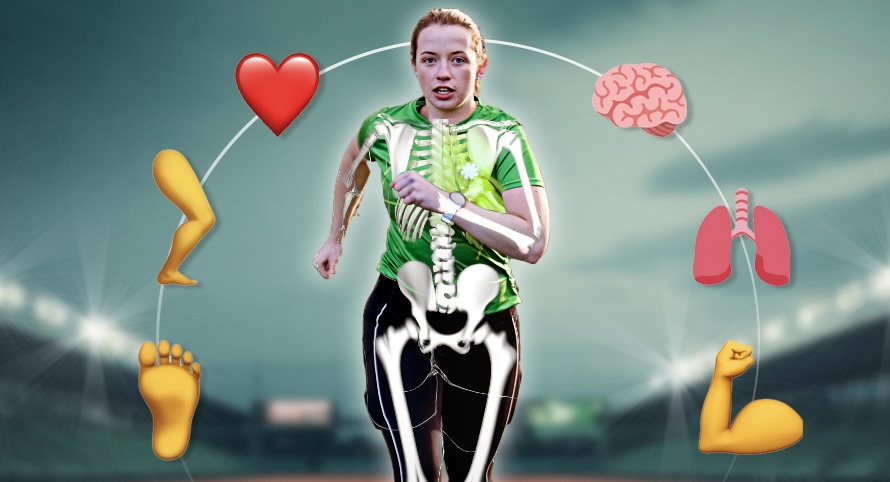
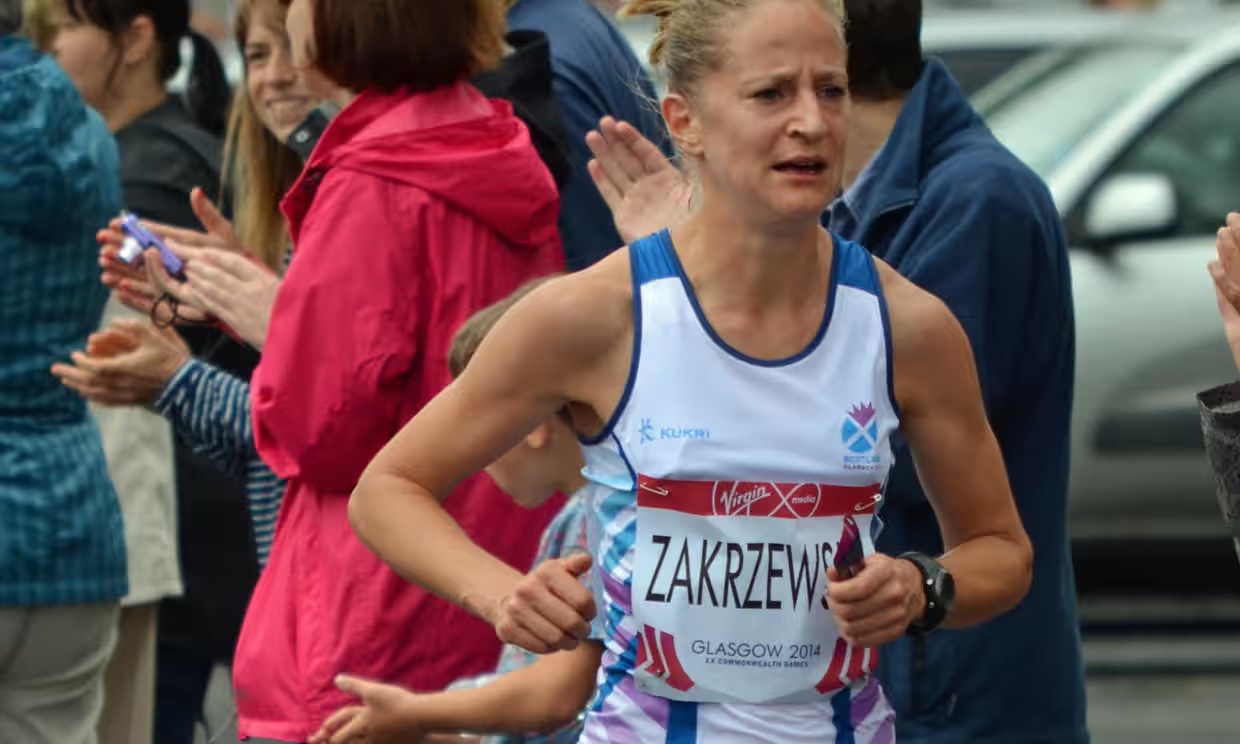

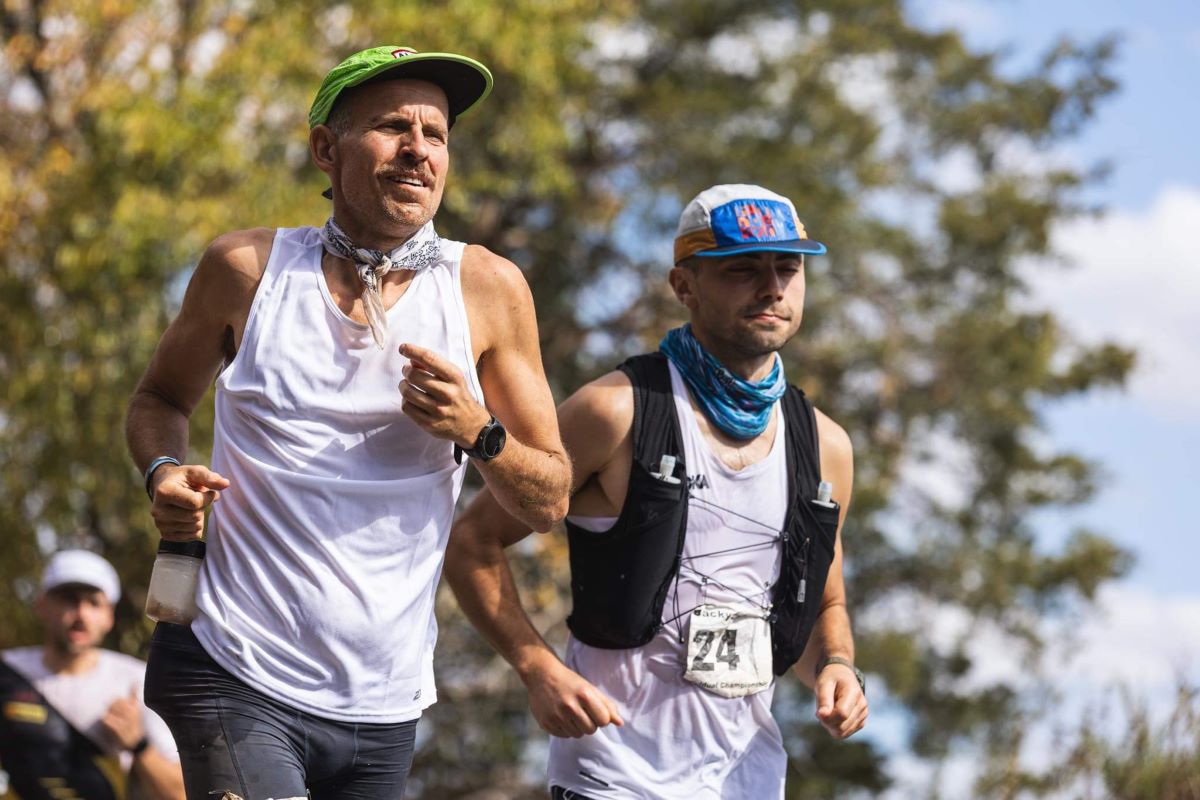

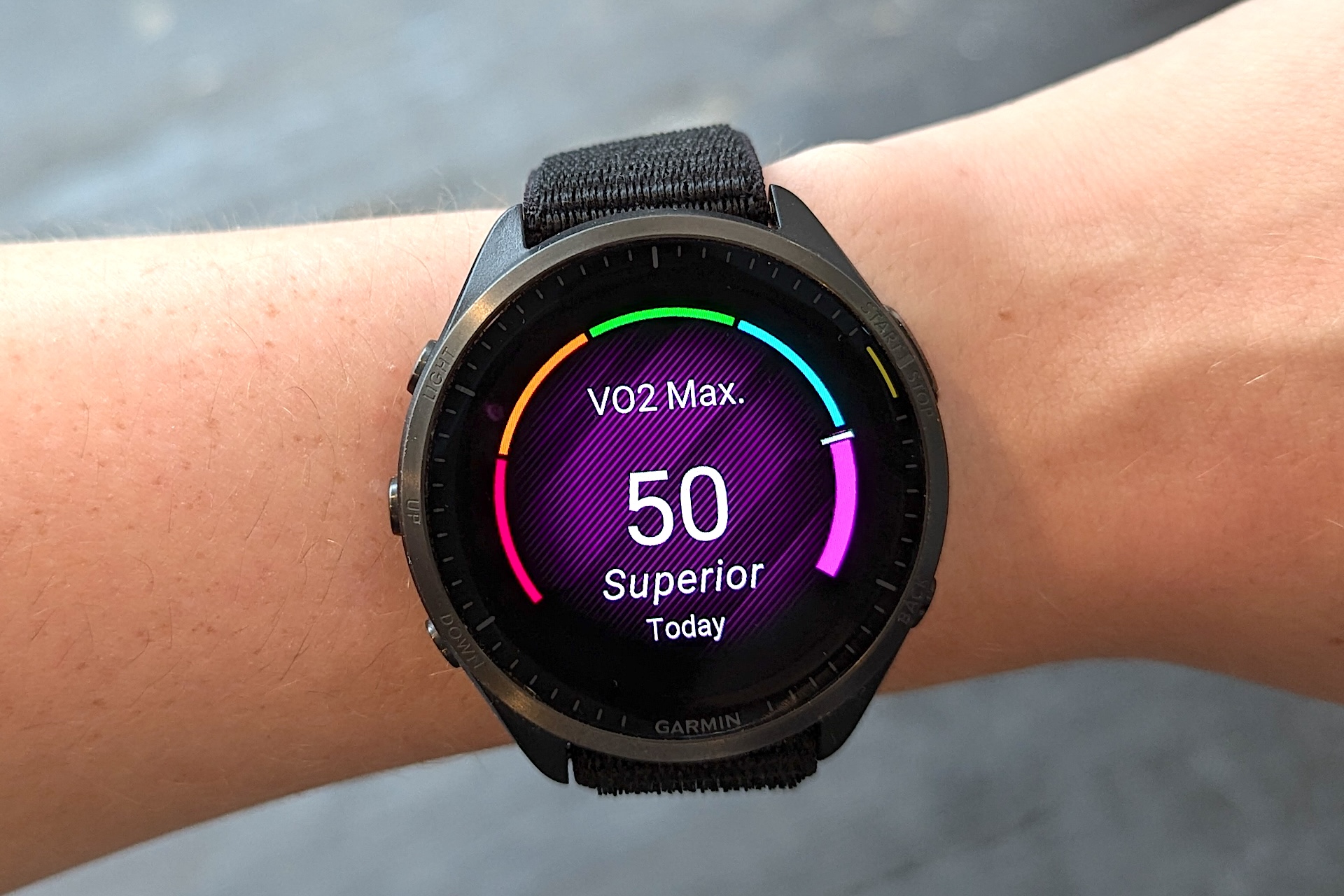

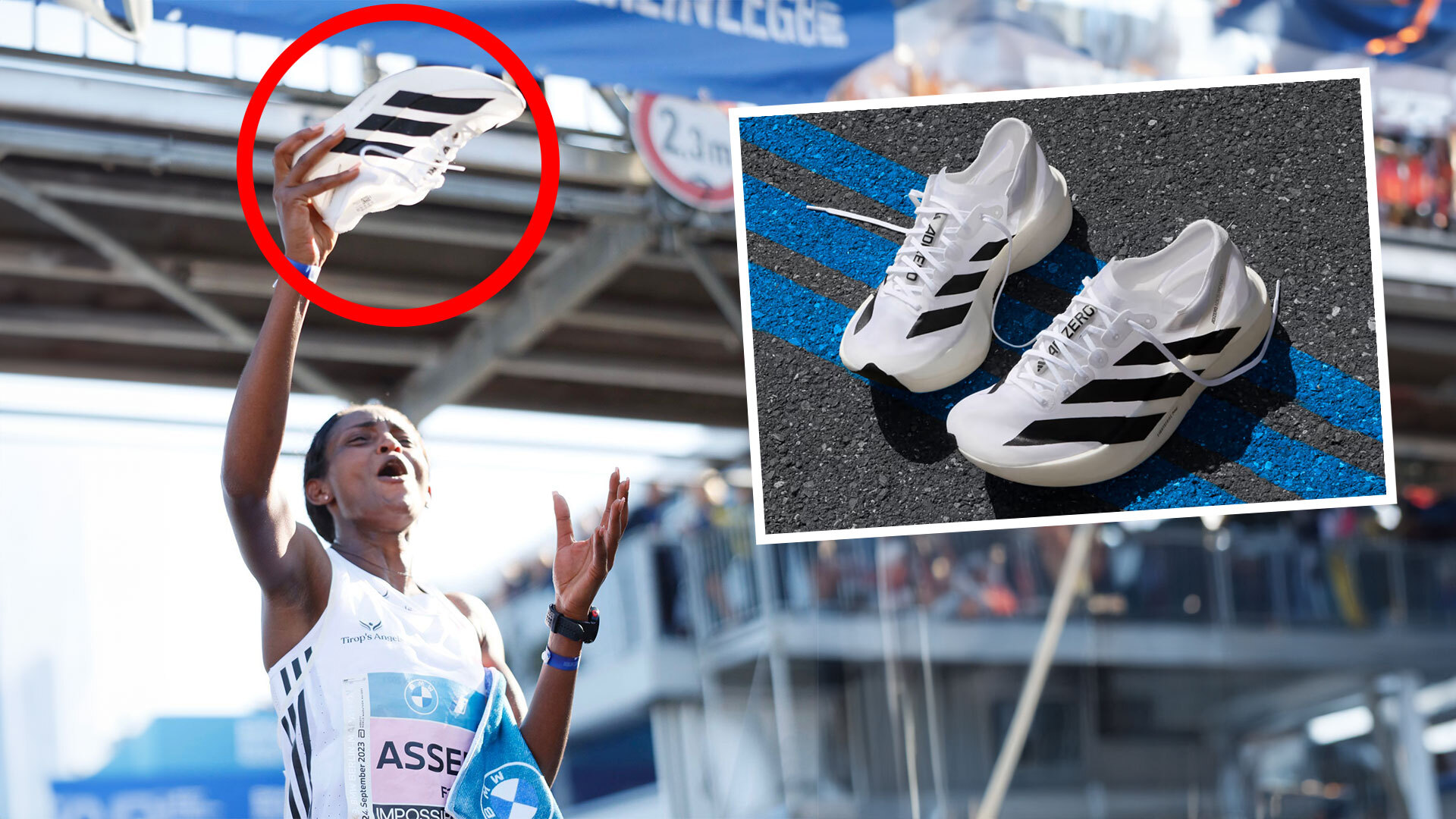
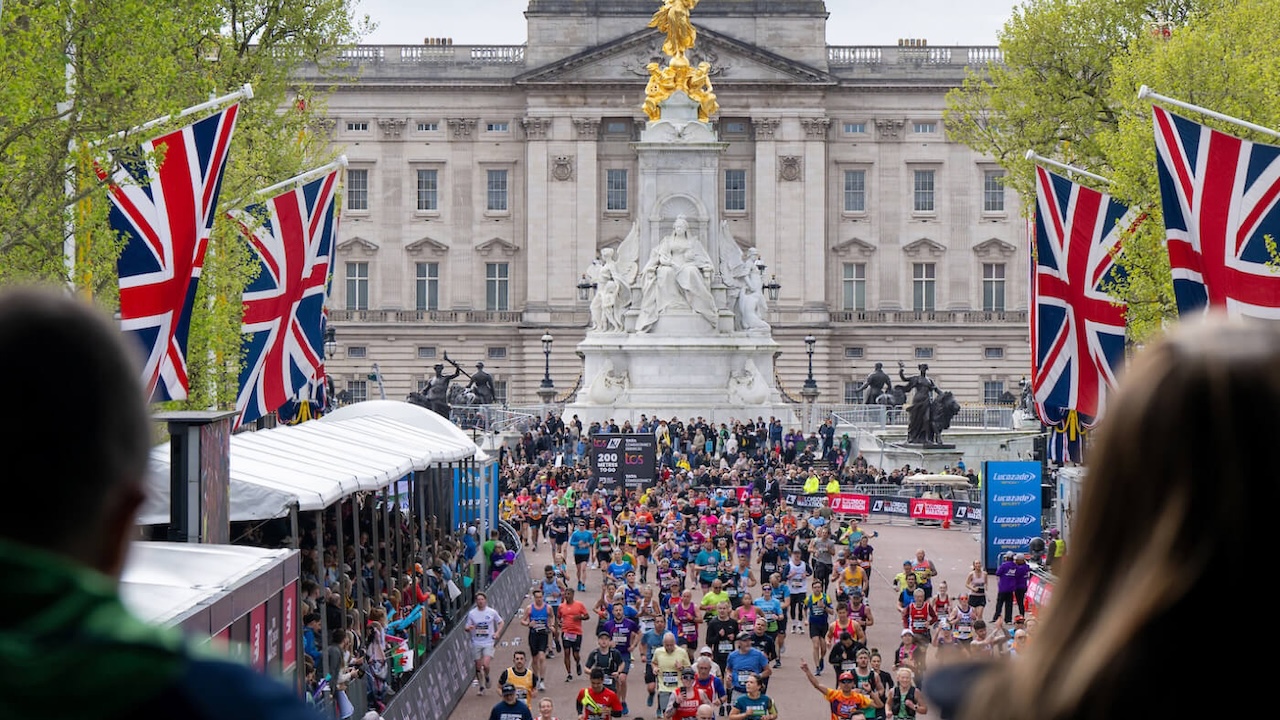

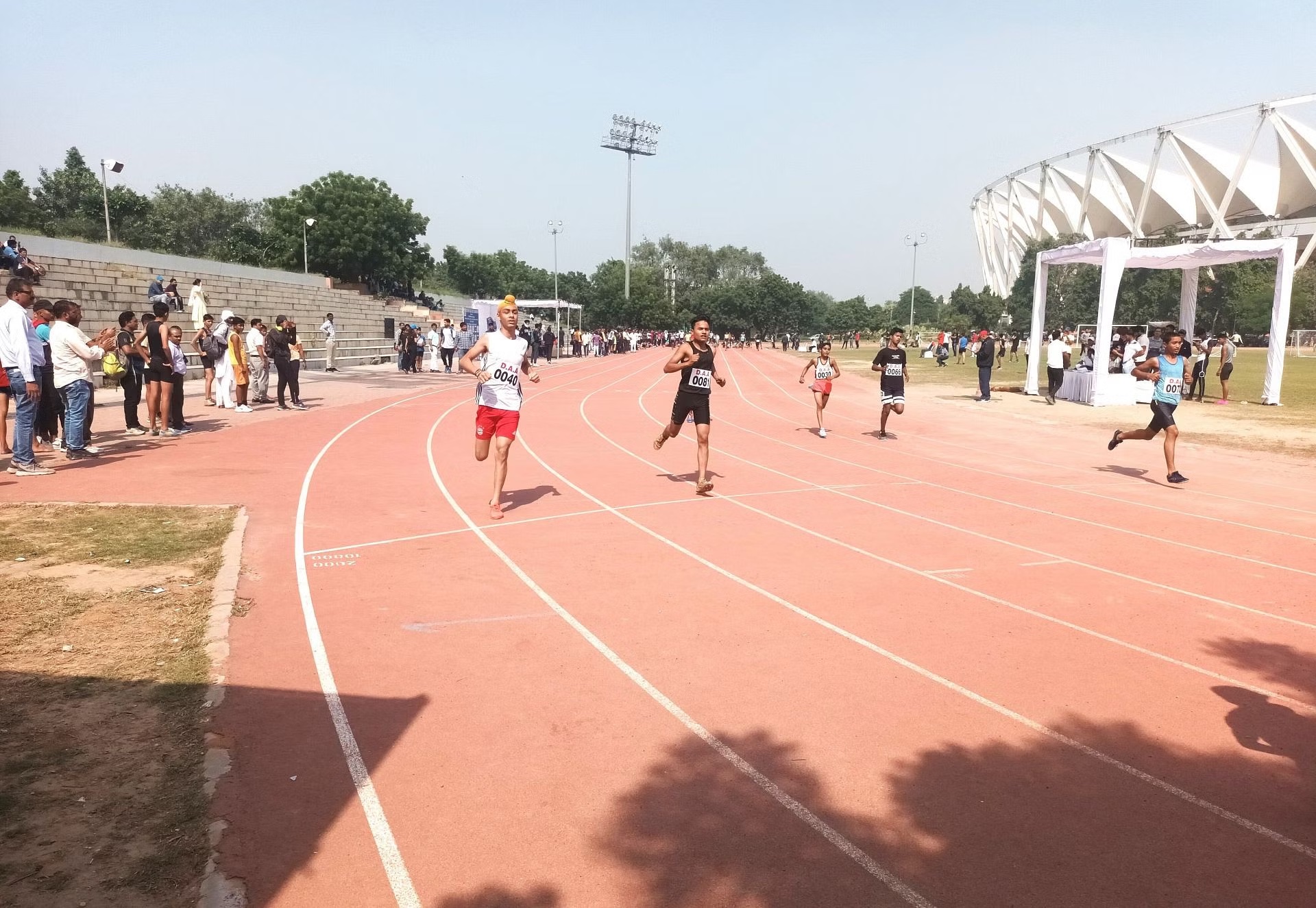
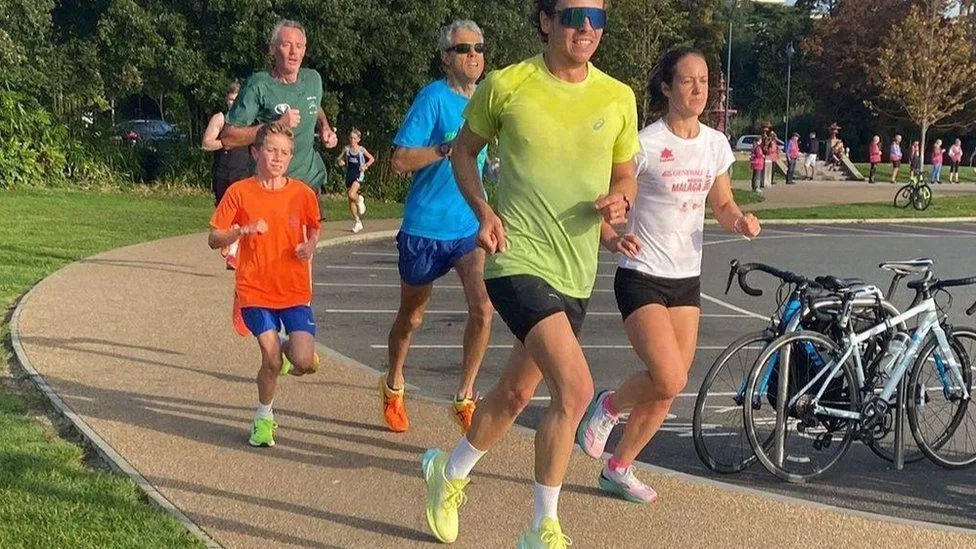
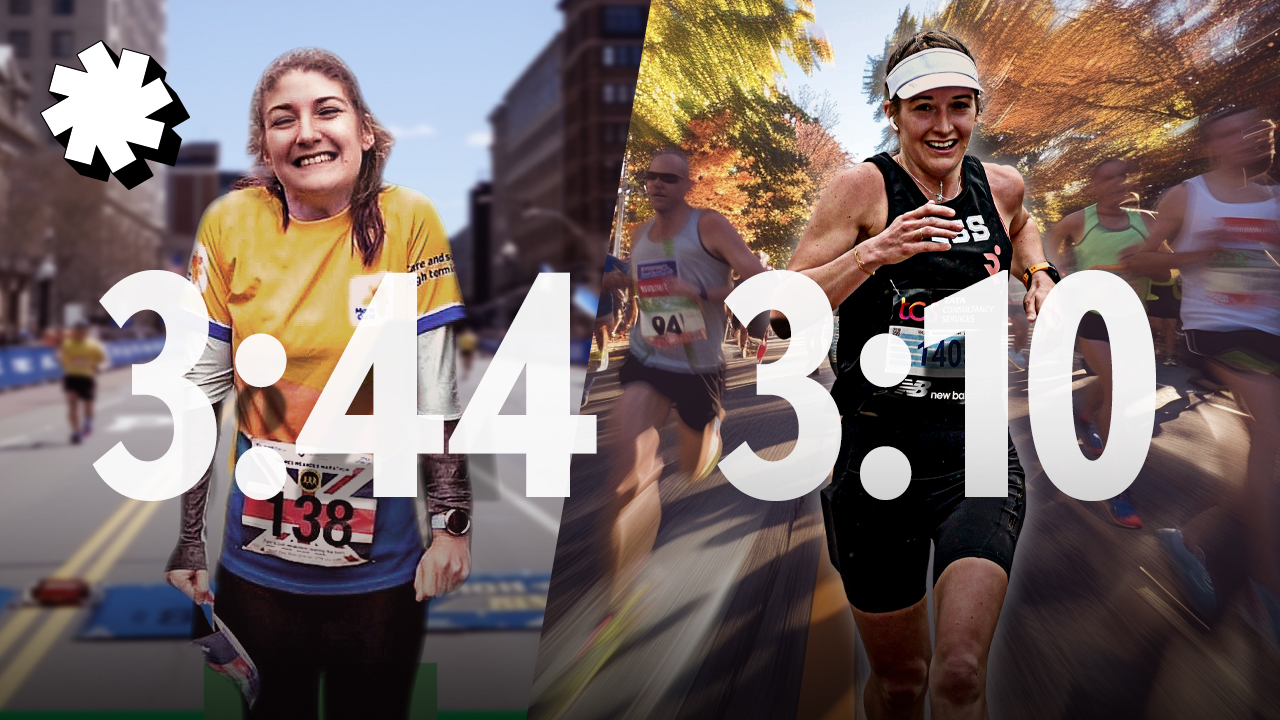

Running News
Paris 2024 Olympics Running Schedule
What Are Olympic Medals Actually Made From?
On Cloudboom Strike LS Initial Thoughts